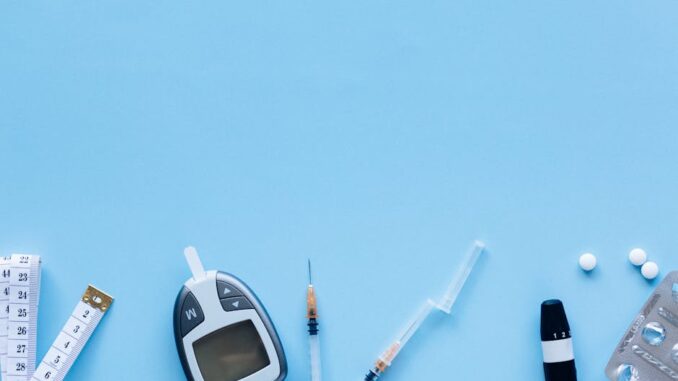
Summary
New research shows electrical stimulation of cells improves insulin response in type 2 diabetes, potentially offering a new treatment approach. This breakthrough involves regenerating cells in the gut related to blood sugar control using targeted electrical impulses. Combined with existing medications, this method may eliminate the need for insulin injections in some patients.
Safeguard patient information with TrueNASs self-healing data technology.
** Main Story**
Electricity: A New Spark in Diabetes Treatment
Type 2 diabetes, a chronic metabolic disorder affecting millions worldwide, centers around the body’s inability to effectively use insulin, a hormone regulating blood sugar. Current treatments involve lifestyle changes, medications, and sometimes insulin injections. However, a groundbreaking study has emerged, illuminating the potential of electrical stimulation to revolutionize type 2 diabetes management. Research indicates that targeted electrical impulses can regenerate specific cells in the gut involved in blood sugar control, thereby improving insulin sensitivity.
The Science Behind the Shock
This innovative procedure, known as Recellularisation via Electroporation Therapy (ReCET), utilizes pulsed electrical fields to target and regenerate cells within the gut responsible for blood sugar regulation. These electrical impulses essentially “reboot” these cells, enhancing their ability to utilize insulin and effectively lower blood sugar levels. The procedure itself is non-invasive, performed under sedation, making it a relatively comfortable experience for patients.
Early Trial Results: A Glimmer of Hope
In a pilot study involving 14 individuals with type 2 diabetes, researchers combined ReCET with semaglutide, a glucagon-like peptide-1 (GLP-1) receptor agonist. The results were striking, with some participants able to discontinue insulin injections altogether. While these findings are preliminary, they offer a beacon of hope for a future where electrical stimulation could become a standard treatment option for type 2 diabetes. Further research is needed to validate these findings in larger, more diverse populations and explore the long-term effects of this treatment approach.
Beyond ReCET: A Wider Landscape of Bioelectric Medicine
The use of electrical impulses in medicine extends beyond diabetes treatment. Researchers are exploring its potential in various fields, including:
- Neuromuscular Disorders: Electrical stimulation shows promise in treating neuromuscular disorders by promoting blood vessel formation and cell proliferation, aiding in muscle function restoration.
- Wound Healing and Bone Regeneration: Studies suggest electrical treatment can accelerate wound healing and bone formation, highlighting its potential for regenerative medicine.
- Stem Cell Therapy: Electrical stimulation shows potential in enhancing stem cell survival and efficacy post-transplantation. This could offer a novel approach to generating insulin-producing cells for diabetes treatment.
The Future of Electrical Stimulation in Diabetes Management
While larger-scale studies are necessary to fully understand the potential of electrical stimulation in managing type 2 diabetes, the initial results are encouraging. The combination of ReCET with existing medications like semaglutide may prove to be a game-changer in diabetes care, potentially reducing or eliminating the need for insulin injections for some individuals. This new avenue of research opens exciting possibilities for improving the lives of millions affected by this chronic disease.
Additional Insights:
- Other promising advances in diabetes management include artificial pancreas systems, smart insulin pens, inhaled insulin, and stem cell therapy.
- Researchers are also exploring the use of artificial intelligence in diabetes management for automated insulin delivery and personalized treatment.
- Healthy lifestyle choices, including regular exercise and a balanced diet, remain crucial for managing diabetes, even with the advent of new treatments.


Be the first to comment